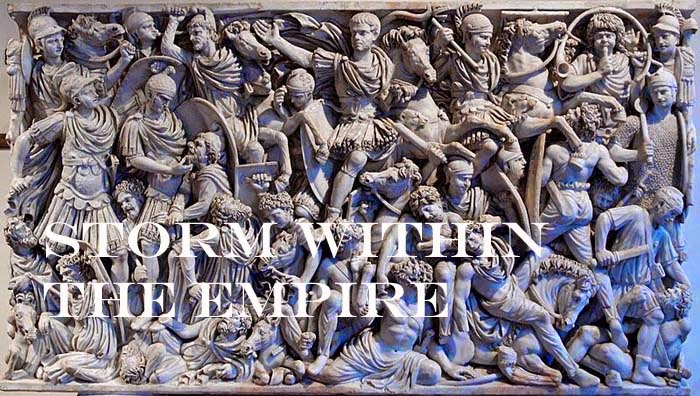Yesterday’s
problem with the gatehouse is solved. The appearance dominated the rest of the
structure, so some trimming was in order and secondly, the interior ground is
raised and by extending that height beyond the gatehouse also helped.
From the photo
you will note scraps of foam placed around the perimeter, once fixed to a base
will form boulders.
We are close to the finish line, but first some notes for
myself to set a proper sequence of tasks.
The eight
structures, glue them into four groups; two towers and main hall, the two pieces
forming the long side another two and the gatehouse.
Undercoating,
painting and detailing the stonework for all the groups.
Roofing to be
put in place. These are embossed N scale sheets from Faller or Noch.
From the courtyard
and extending beyond the gatehouse to be covered with a sand/white glue mix,
later painted and dry brushed.
All four
groupings and elevated courtyard glue together fixed to a base.
Boulders placed
and shaped to form a perimeter, painted and dry-brushed.
But first:
I will leave
this project here for the moment as I must make preparations for two other
figure painting tasks.
I have a Seven Year War Russian project which needs a
lot of bases cut, so I will add the Castle’s base to that job. Secondly, my Sassanid
reinforcements will arrive this week and I want to start planning the colour
schemes for them.
Cheers,
















